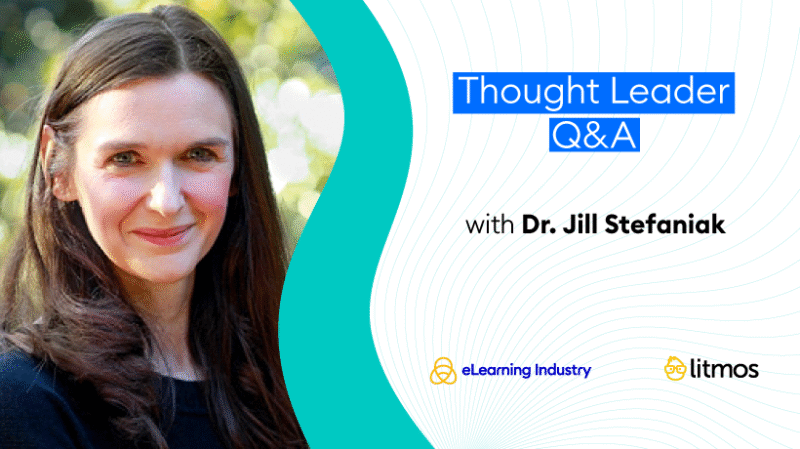
Carrying out ADDIE For More Impactful Educating
Dr. Jill Stefaniak is the Principal Knowing Policeman at Litmos Her rate of interests concentrate on the development of L&D experts and Instructional Style choice making. Today, she consults with us concerning implementing the ADDIE structure, L&D needs assessment, and training assessment.
Why is the ADDIE structure still so appropriate today, and exactly how does demands assessment and analysis suit the process?
I such as to think about evaluation and examination as the bookends to the ADDIE structure. They both supply the framework needed to sustain training. While they are 2 distinctive stages of ADDIE, they are interconnected since both stages focus on boosting understanding and performance.
A requirements analysis is typically conducted at the start of a style task to recognize voids between current and preferred understanding, abilities, and performance. By systematically collecting data from students, stakeholders, and organizational contexts, L&D experts can identify where treatments are needed and prioritize understanding. Basically, an extensive needs assessment provides a baseline against which the effectiveness of instructional treatments can be later on gauged.
Examination feeds back into the needs evaluation process by evaluating whether the designed direction is satisfying its intended function. The understandings gained from evaluation can determine previously unacknowledged or spotted voids in performance or evolving learner demands. This motivates a new cycle of demands evaluation and improvement. Needs assessment and examination create a constant comments loop where assessment informs style and examination determines its influence. Assessment uncovers new needs, making certain training continues to be relevant and efficient.
Based upon your experience, what’s one of the most usual blunder that L&D experts make when carrying out ADDIE?
I think there are two typical blunders that L&D specialists make:
- They rush (or miss altogether) the evaluation phase. They often tend to jump right into creating web content without asking the crucial inquiries to recognize the nuanced needs of the learning audience. They also have a tendency to consider evaluation as simply student analysis and miss the possibility to collect crucial details that can have a significant influence on training outcomes.
- One more typical mistake is dealing with ADDIE strictly as a direct process. While L&D specialists are expected to progress with the structure sequentially, it is necessary that they be flexible and versatile throughout the style procedure. This indicates taking another look at different stages of the design procedure as brand-new information arises. A successful L&D task is one that accepts ideation and version. Prototyping, revisiting stages to make sure there’s necessary positioning in between training needs, web content, and evaluative metrics, are crucial to ensuring the material made is fulfilling the organization’s desired results.
Exactly how can L&D groups much better understand the requirements of their students by concentrating extra on energy, significance, and worth when conducting demands assessments?
When L&D groups focus on utility, significance, and value in their requirements analyses, they acquire a more clear image of what absolutely matters to students in their company. Energy makes certain that training addresses practical abilities learners can quickly apply in their functions. Importance attaches learning directly to work duties and occupation goals. By examining worth, teams recognize which discovering opportunities will certainly have the greatest influence on both learner interaction and business outcomes. This ultimately causes the growth of more reliable and targeted L&D programs.
What is one of your standout success stories that involved the ADDIE structure?
Our L&D group at Litmos created Litmos University to offer targeted training to sustain our consumers. We began with a needs evaluation to much better recognize where students were struggling and what abilities were most essential. That input formed the design and guaranteed we concentrated on the best web content from the start. Via development, we shared layout records, prototypes, accumulated comments, and made iterative enhancements. The result is a collection obviously that really felt appropriate to students and showed clear improvement in both engagement and performance.
Do you have an approaching occasion, launch, or various other campaign that you ‘d like our readers to learn about?
I’ll be hosting a webinar on October 9 with Dr. Stephanie Moore, Affiliate Professor at the College of New Mexico, that checks out the greatest mistakes of AI-generated discovering, consisting of reinforcing stereotypes, sustaining the “learning styles” misconception, and creating obscure or ineffective purposes. It’ll cover sensible approaches for writing measurable goals, setting ethical guardrails, and guaranteeing your training stays diverse, easily accessible, and based in research. You can register for it here
Wrapping Up
Thanks so much to Dr. Jill Stefaniak for sharing her important insights and know-how with us. If you ‘d like to learn more concerning designing reliable and appealing training, you can check out her article on the Litmos blog, which highlights four inquiries L&D groups can ask to scale their demands assessment.